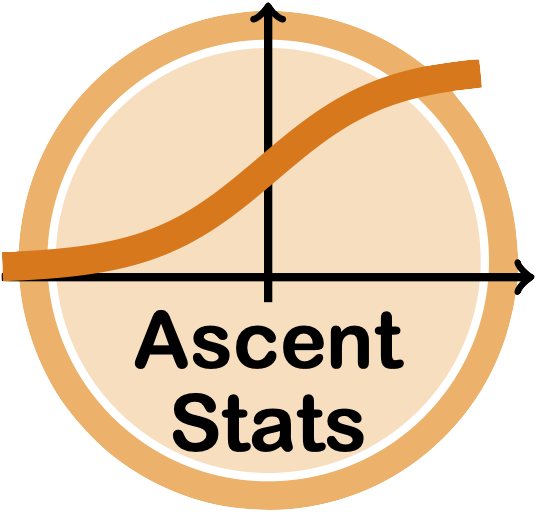Ratings and Elo: A Key Relationship
In the context of climbing competitions, we estimate climber abilities using a Bayesian model. This provides us with ratings, which can also be referred to as “bit-grades”. Bit-grades have a similar scale to V-grades in bouldering, but are centred at 0, to represent an average international competition boulder.
While these ratings are insightful, it’s often helpful to convert these to a more familiar scale. Elo, which is commonly used for ranking in games and sports, serves this purpose well.
Here is a visualization that demonstrates the simple linear relationship between ratings and Elo. This is represented by a linear equation: elo = (400 * ln(2) / ln(10)) * rating + baseline.
Whereas an increase in a bit-grade of the climber implies doubling the odds of a successful top, an increase of 400 elo implies a 10 times better chance of success.
The line in the chart represents the relationship between these two scales. Bit-grades are calculated separately for each gender, and a bit-grade rating of 0 corresponds to the baseline Elo of a competition climber (2000 for men, 1750 for women). As the bit-grade rating increases or decreases, the Elo rating proportionally increases or decreases, respectively.
The choice of a different baseline elo for men and women is an attempt to bring both genders on to a single comparable scale. The assumed difference is equivalent to about 2 grades. Some hard data would help, but since there are no mixed-gender international competitions it is hard to calculate a more accurate conversion factor.
 AscentStats
AscentStats